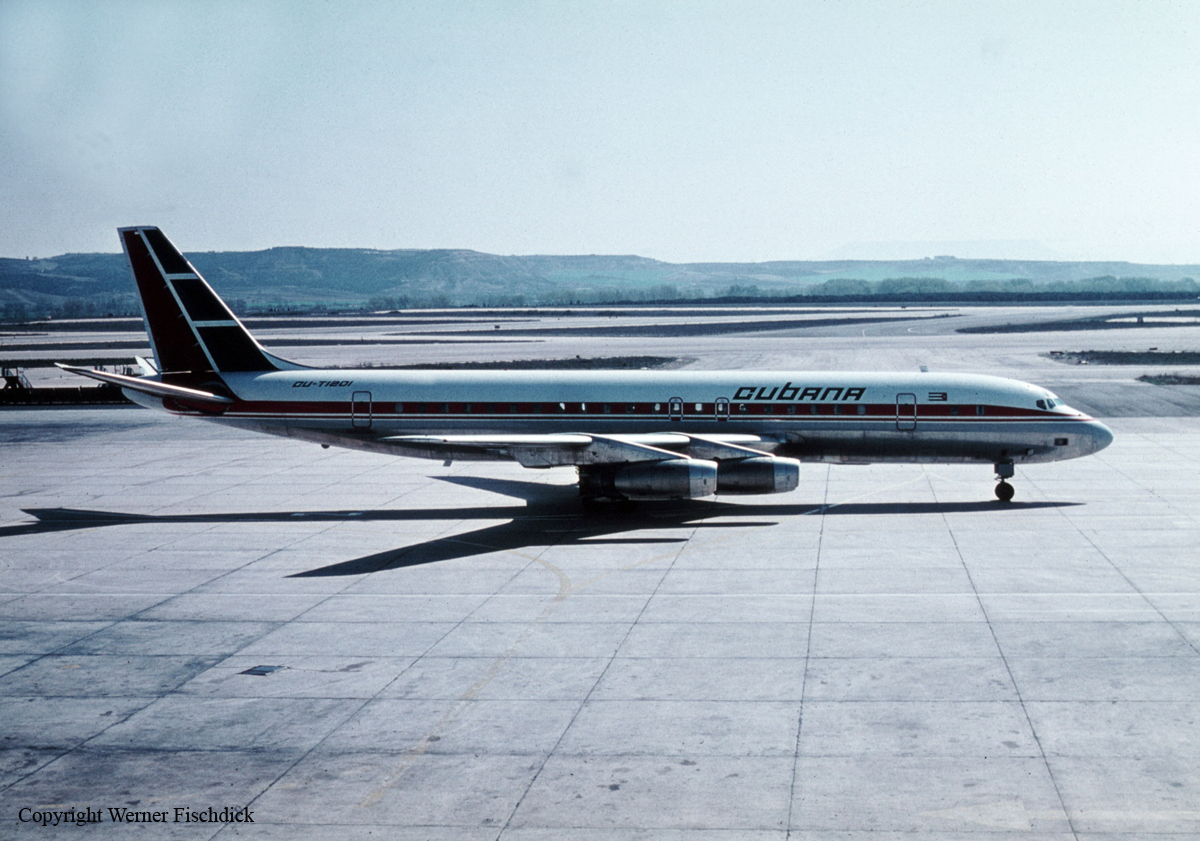Crash of a Rockwell 1121 Jet Commander in Cozumel: 1 killed
Date & Time:
Aug 12, 1990 at 1840 LT
Registration:
N301AJ
Survivors:
Yes
Schedule:
Kingston – Cozumel – Houston
MSN:
1121-048
YOM:
1966
Crew on board:
2
Crew fatalities:
Pax on board:
6
Pax fatalities:
Other fatalities:
Total fatalities:
1
Captain / Total hours on type:
332.00
Copilot / Total hours on type:
336
Aircraft flight hours:
7033
Circumstances:
The aircraft was completing a charter flight from Kingston, Jamaica, to Houston, Texas, with an intermediate stop in Cozumel, Quintana Roo, carrying six passengers and a crew of six. The approach to Cozumel Airport was initiated at dusk and under VFR mode when, on short final, the aircraft struck approach lights and crashed 503 meters short of runway 29 threshold. A pilot was killed while the second one was seriously injured. All six passengers escaped with minor injuries.
Probable cause:
Impact with the ground during the approach at dusk (evening twilight) with wrong altimeter setting on the second officer's instruments, during an operation completed under VFR mode.
Final Report:






